James Riddle Hoffa, better known as Jimmy Hoffa, was one of the most influential American labor leaders of the 20th century, famously serving as the President of the International Brotherhood of Teamsters (IBT).
Born on Feb. 14, 1913, in Brazil, Indiana, Hoffa moved to Detroit with his family in 1924. The premature death of his coal miner father plunged the family into poverty. Hoffa’s early experiences during the Great Depression shaped his aggressive stance on workers’ rights. He left school at a young age and began working full-time to support his family, which led to his first involvement with labor organizing.
Hoffa’s early labor activism and rise
As a teenager, Hoffa coordinated a successful strike for better wages at a grocery store where he worked. He led the workers to block the loading platforms, effectively halting the distribution of products. His success in this labor action garnered him significant attention. By 1952, Hoffa had ascended to the national stage, being elected as the vice-president of the Teamsters under Dave Beck.
When Beck was convicted of bribery in 1957, Hoffa took over as president. Under his leadership, the Teamsters saw some of the most significant labor negotiations and pension fund management. He expanded the union from a regional entity concentrated in the Midwest to a national powerhouse. One of his significant achievements was the 1964 National Master Freight Agreement, which brought over 400,000 truck drivers under a single contract, dramatically improving their wages and working conditions.
Government scrutiny and conviction
Hoffa’s methods and associations with organized crime figures like Tony Pro drew the attention of law enforcement and government officials, including Robert Kennedy, who as Attorney General made Hoffa a primary target of his anti-corruption campaign. Hoffa was frequently charged with various offenses, including jury tampering, mail fraud, and improper use of the Teamsters’ pension fund.
The relentless pursuit by Robert Kennedy, who formed the “Get Hoffa” squad when he was the Attorney General, highlighted the government’s crackdown on corruption within labor unions during the 1960s. In 1967, Hoffa was convicted of jury tampering and fraud, for which he was sentenced to 13 years in prison. He served nearly five years before being released in 1971 following a controversial commutation by President Richard Nixon, with the stipulation that he not engage in union activities until 1980.
Jimmy Hoffa disappeared without a trace
The most enduring mystery of Hoffa’s life is his disappearance. On July 30, 1975, he was last seen outside the Machus Red Fox restaurant in Bloomfield Township, Michigan. He reportedly went there to meet with a couple of mafia figures, Tony Pro and Anthony Giacalone, likely to discuss his desire to regain control of the Teamsters. When Hoffa failed to return home, he was reported missing, and an extensive FBI investigation was launched. No conclusive evidence was ever found regarding his fate, leading to widespread speculation and numerous theories about his disappearance.
Some believe he was killed by organized crime figures, possibly due to his attempts to regain power in the Teamsters and his knowledge of the mob’s involvement in the union’s pension fund. In 2001, a DNA test was conducted on a strand of hair found in a car that was believed to have been used in Hoffa’s disappearance, but the results were inconclusive. In 2006, a former Mafia hitman named Richard Kuklinski claimed to have killed Hoffa and dumped his body inside a barrel, but his confessions were never substantiated.
In the years since his disappearance, Hoffa’s legacy has only grown. To some, he remains a hero, a champion of the working class who fought tirelessly for the rights and dignity of ordinary Americans. To others, he is a symbol of the corruption and excess that plagued the labor movement in the mid-20th century. Regardless of one’s perspective, there is no denying the impact that Jimmy Hoffa had on American society.
Today, nearly 50 years after he vanished, the question of what happened to Jimmy Hoffa continues to captivate the public imagination. From books and movies to countless theories and investigations, the Hoffa case has become a cultural touchstone. One of the most famous examples is the 1992 movie Hoffa, directed by Danny DeVito and starring Jack Nicholson in the titular role. The film, which was nominated for two Academy Awards, offers a fictionalized account of Hoffa’s life and career. Another recent and notable film that touches on the Hoffa story is The Irishman (2019), directed by Martin Scorsese and starring Robert De Niro, Al Pacino, and Joe Pesci.

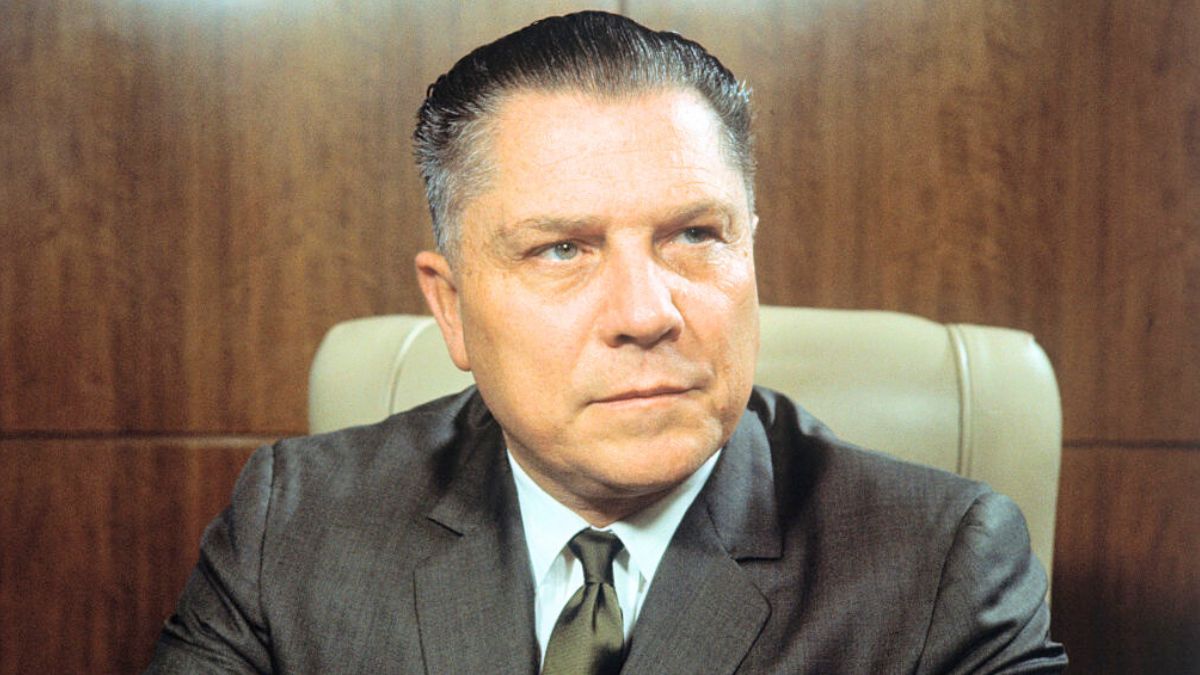
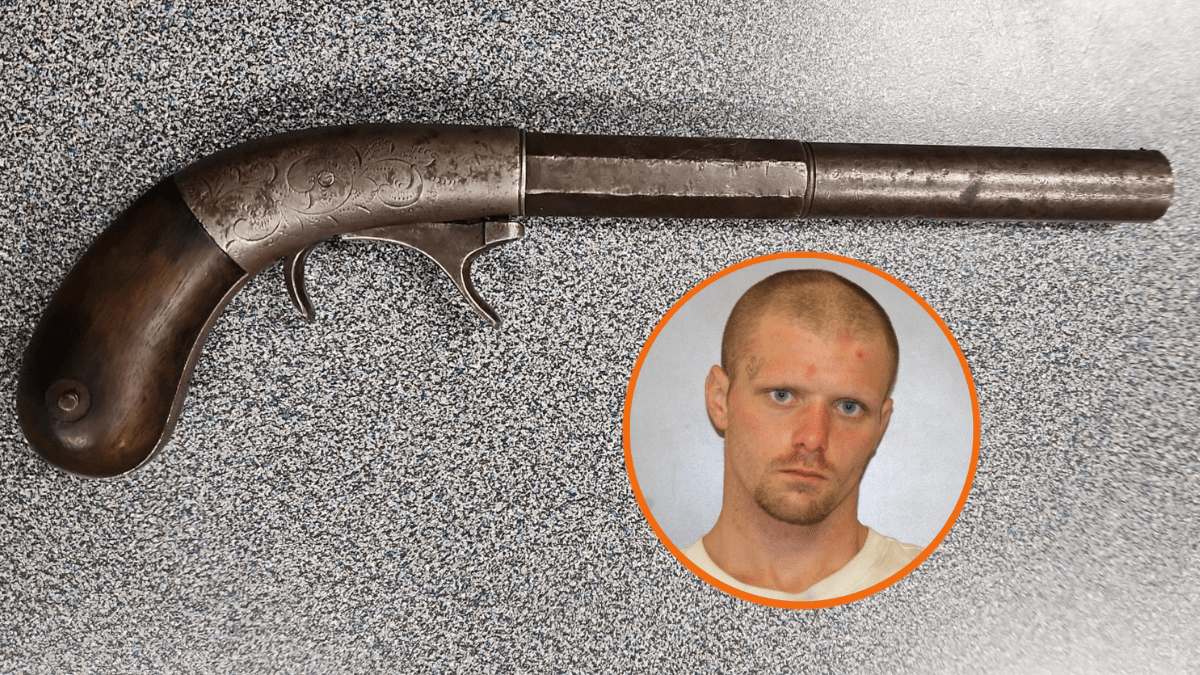
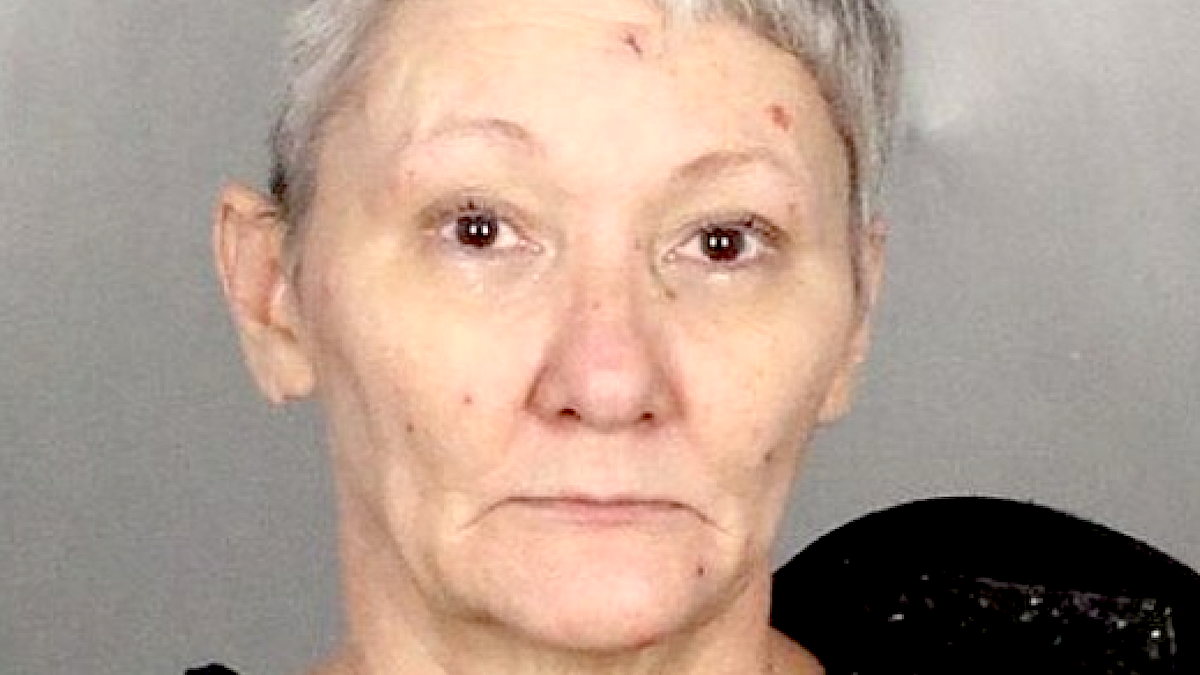
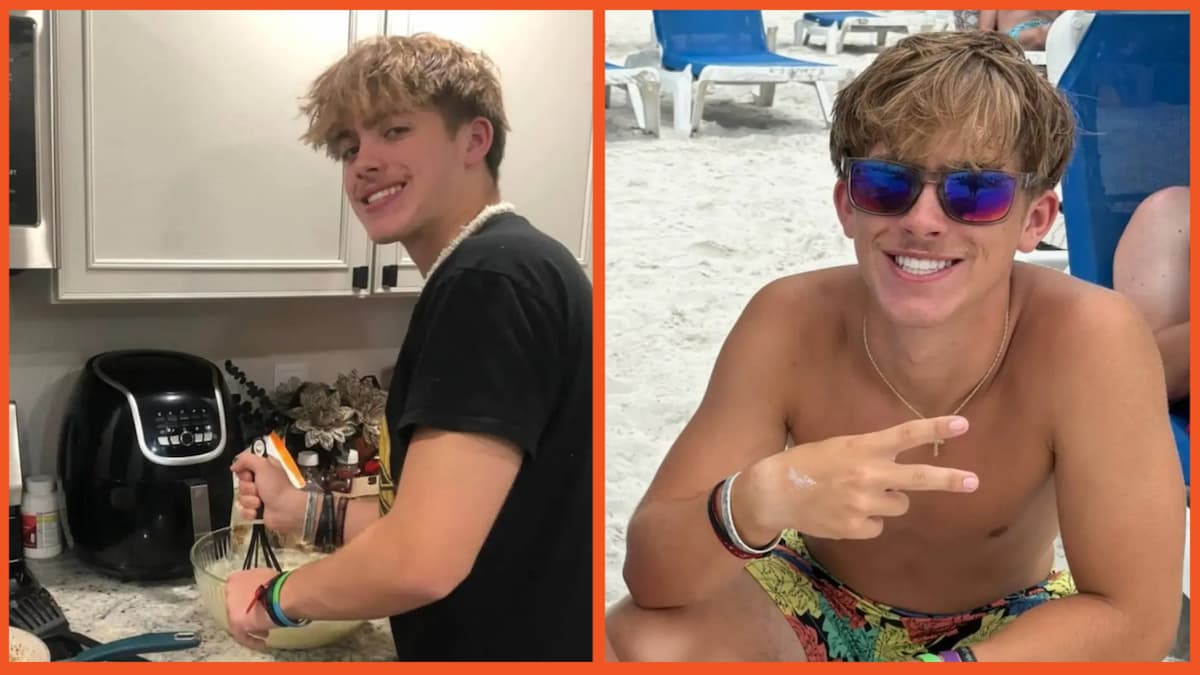
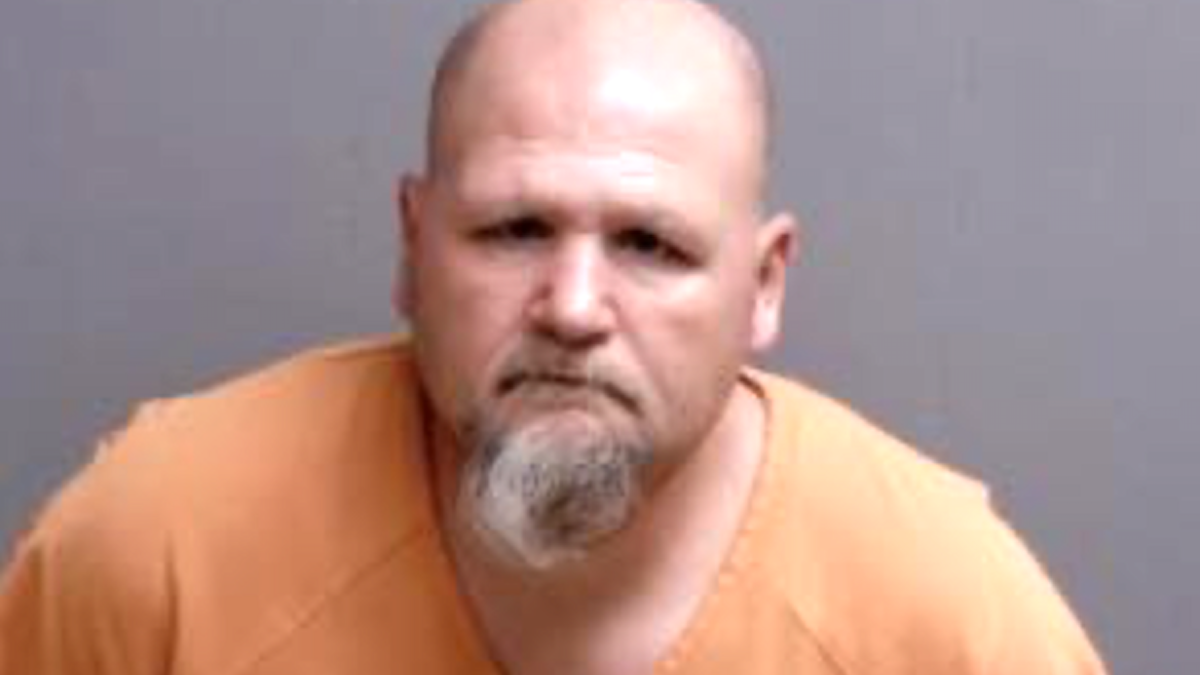
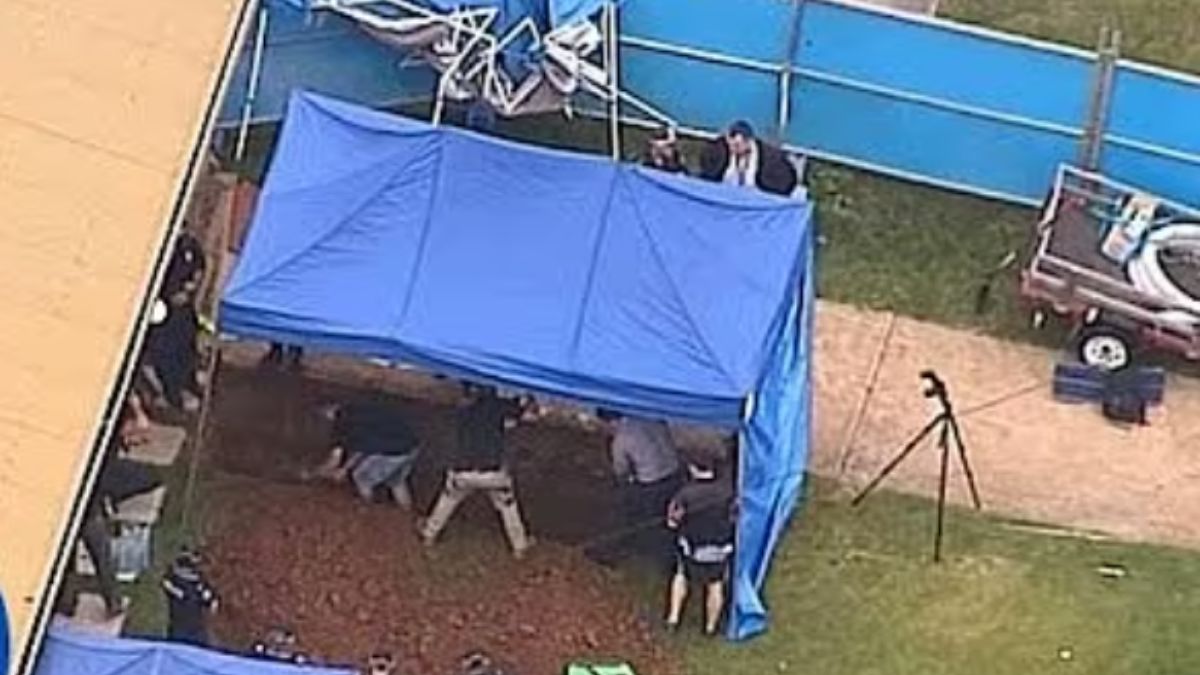
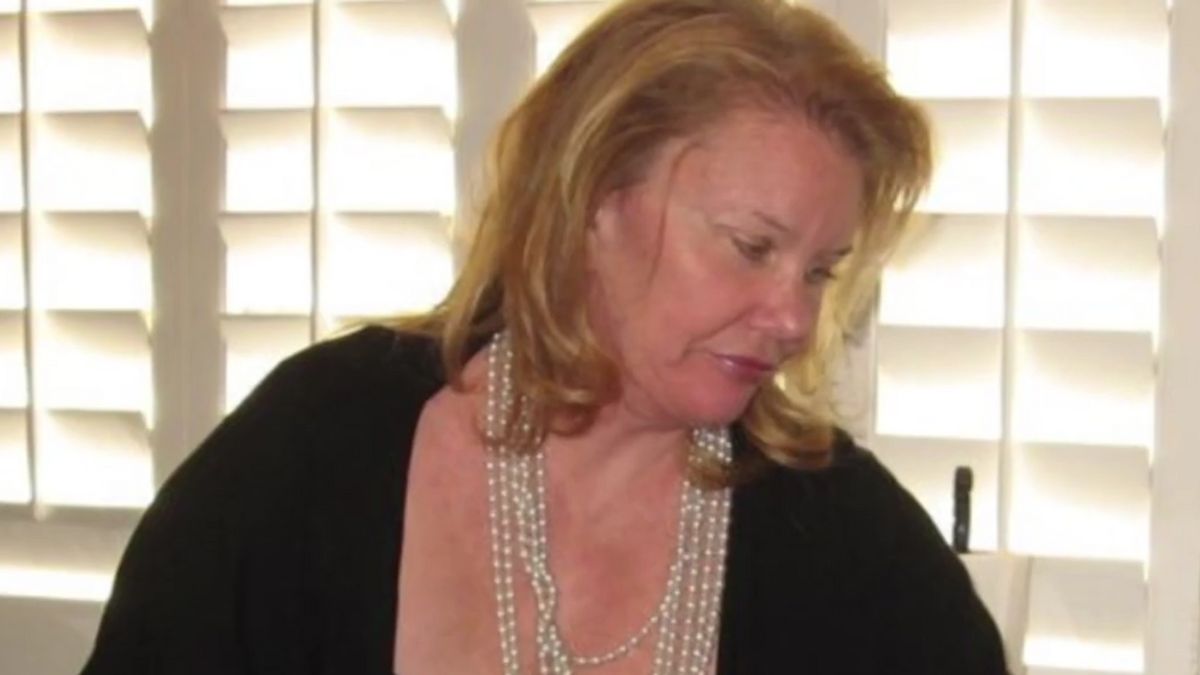
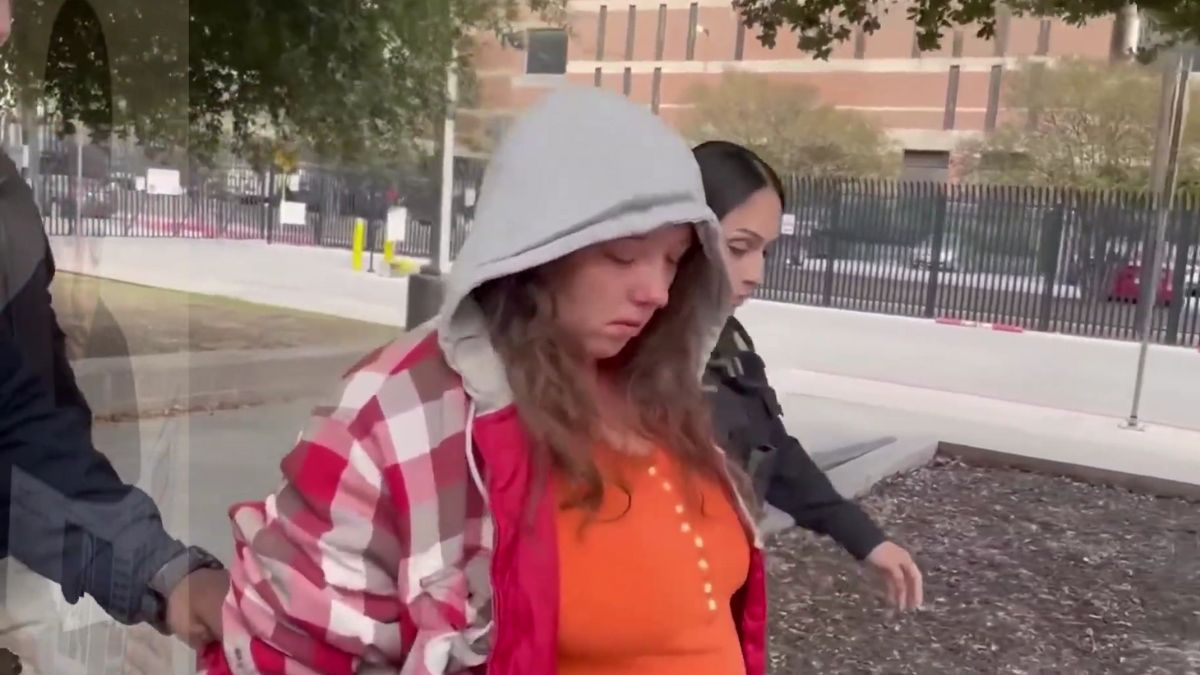
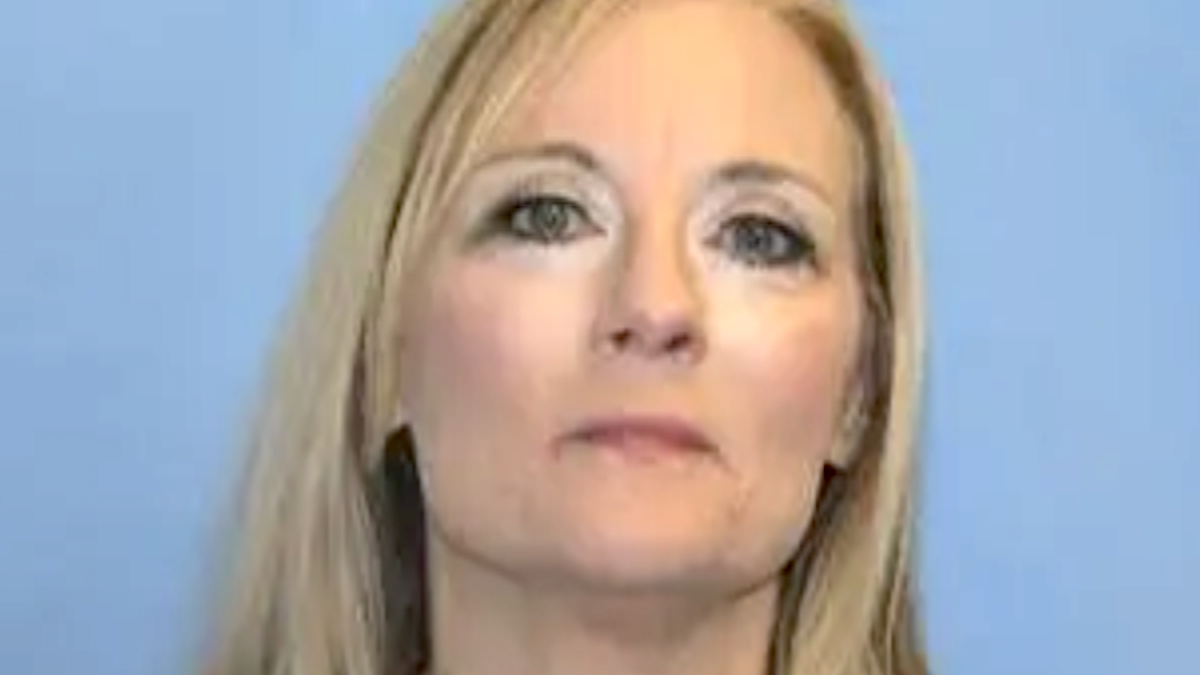

Published: Aug 3, 2024 01:11 pm